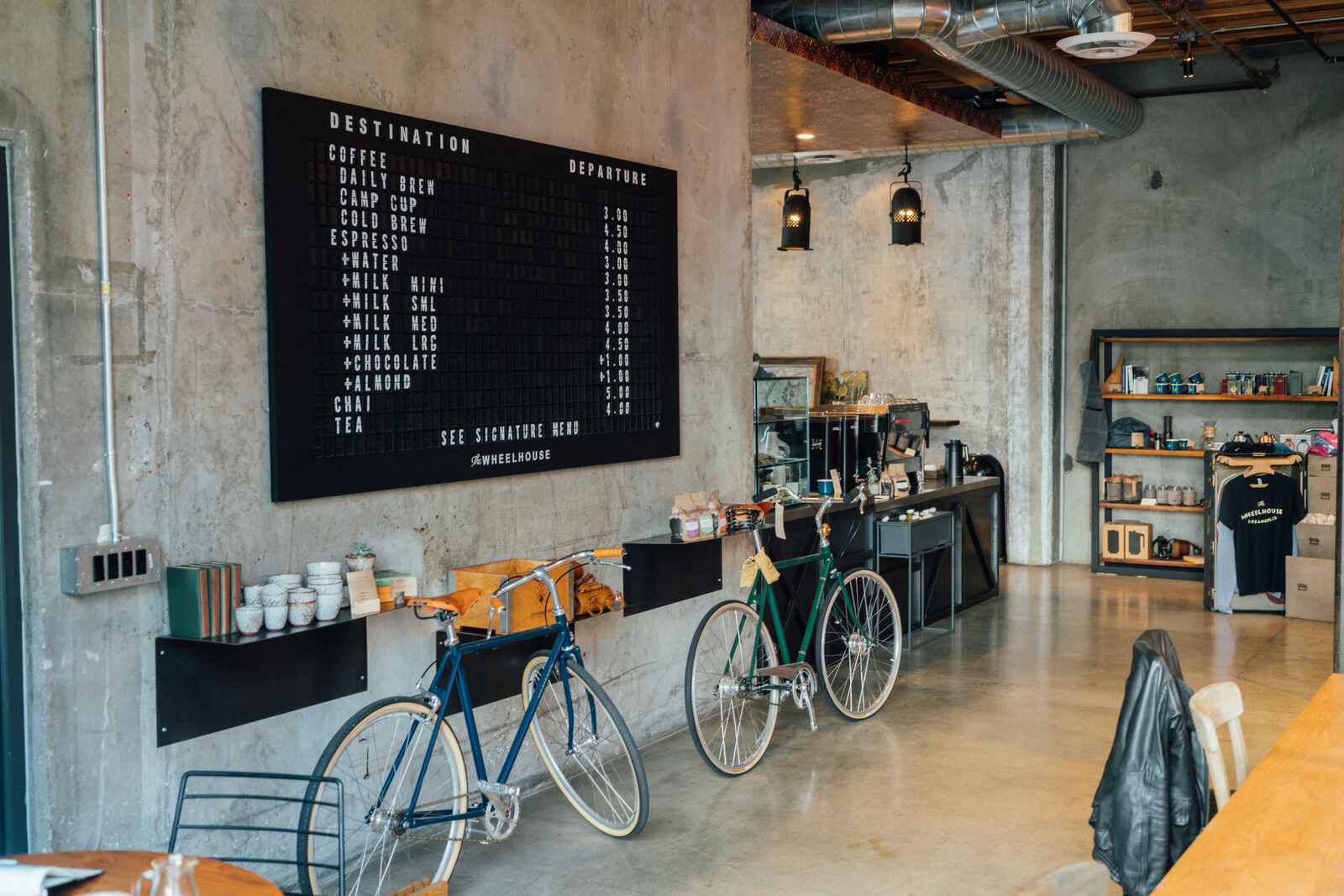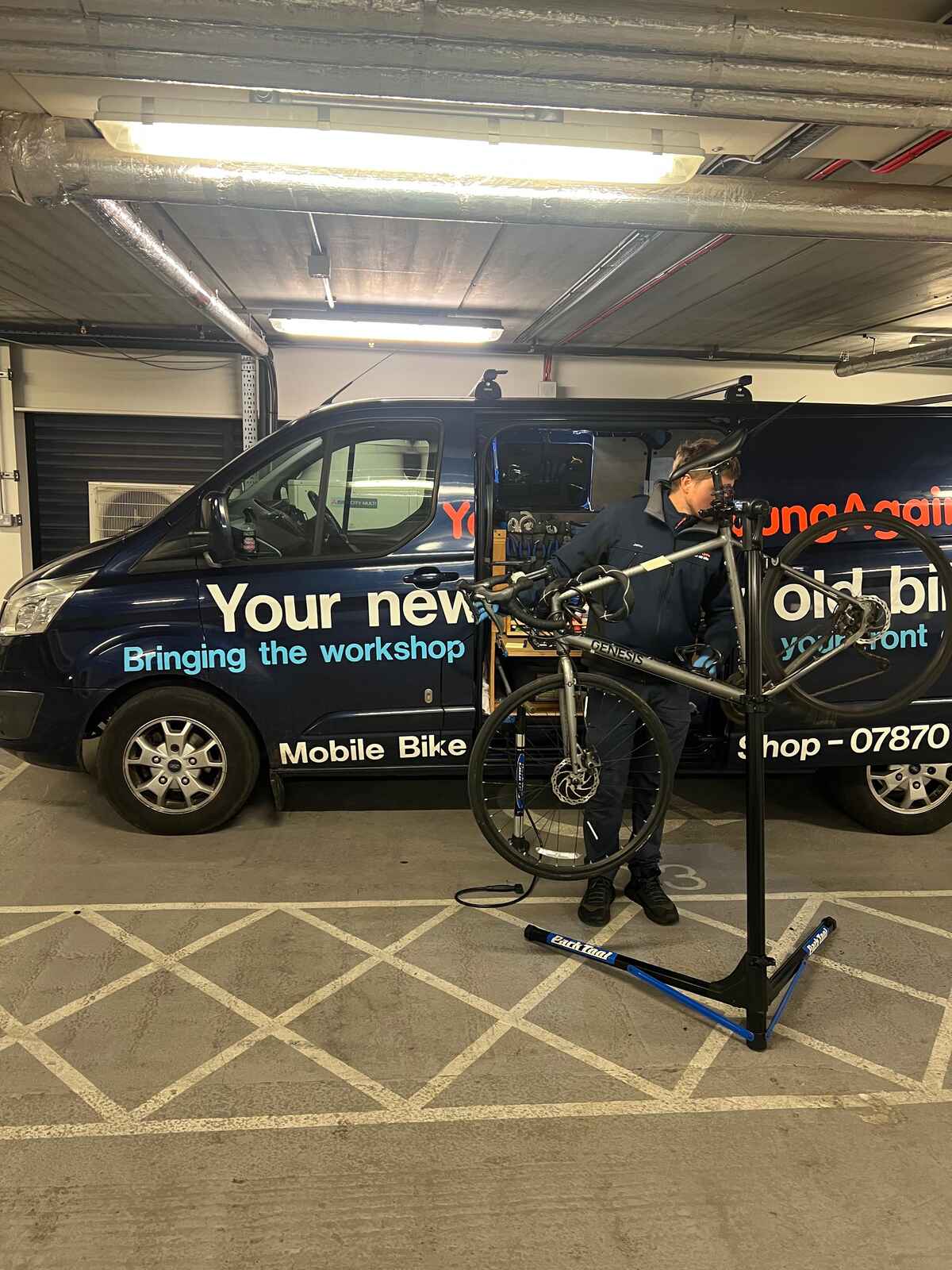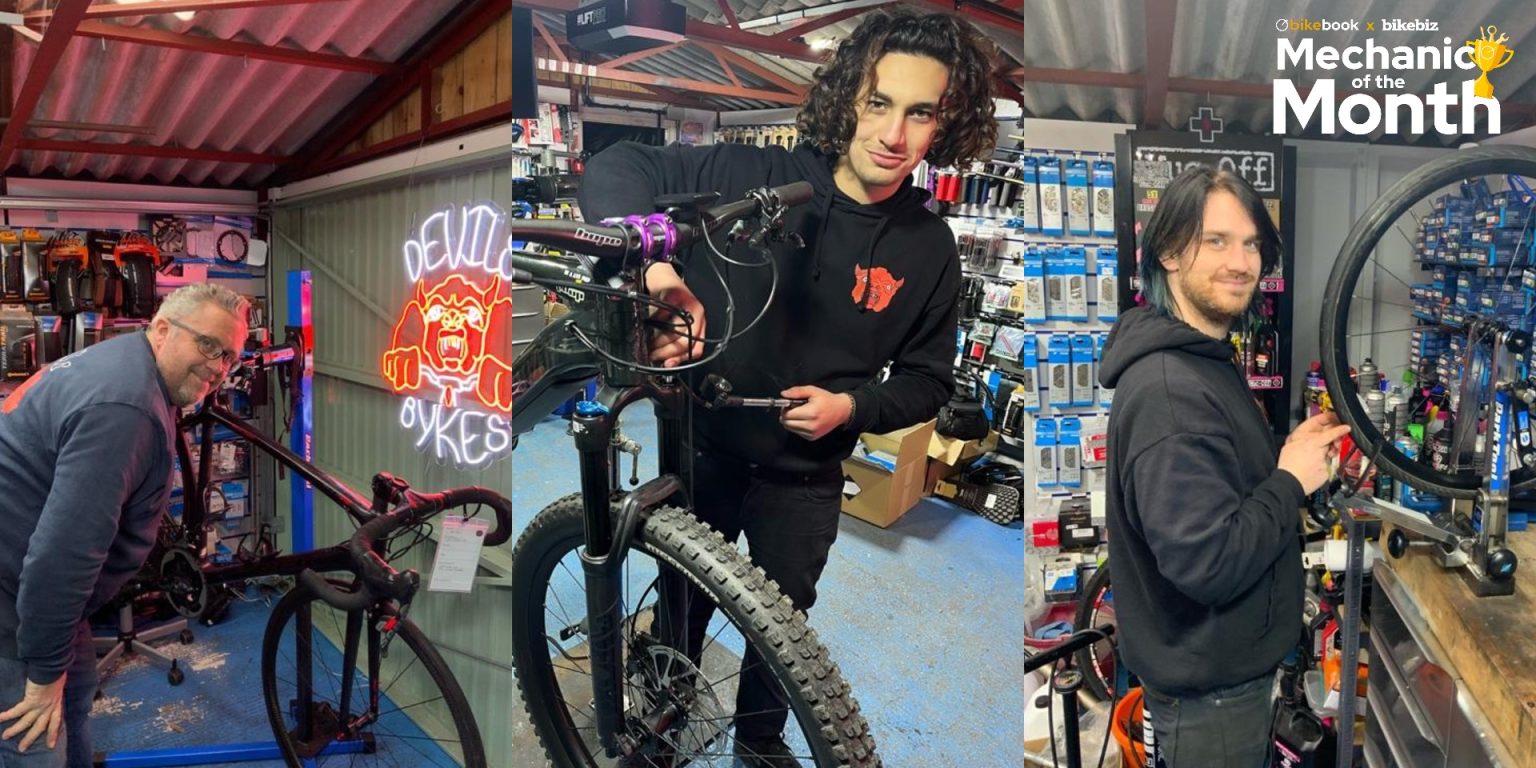December 19, 2025
•
7 minute read
How Much Does It Cost to Open a Bike Shop in the UK?
You've finally decided to turn your passion for cycling into a business. Opening a bike shop in the UK can be a fulfilling venture, but the costs can swiftly accumulate.
Jake Fieldsend
Founder & CFO
You've finally decided to turn your passion for cycling into a business. Opening a bike shop in the UK can be a fulfilling venture, but the costs can swiftly accumulate. From securing a location to stocking the shelves, each decision impacts your budget. Do you know where to start with the initial setup costs? Are you aware of hidden expenses that might catch you off guard? Let's dive straight into the nitty-gritty of what you need to consider to get your bike shop up and rolling efficiently.
1. Initial Setup Costs
1.1 Premises Rental or Purchase
Finding the perfect location for your bike shop in the UK is crucial and it doesn't come cheap. Major cities like Londonwill see rental costs soar, probably up to £50 per square foot annually, while smaller towns and suburban areas could offer more economical spaces at around £15-£30 per square foot. Calculate space for a showroom, workshop, and storage. When purchasing a property, additional costs such as stamp duty, legal fees, and surveyor fees could push your budget higher by 8-10% of the property price.
- Lease Length: Secure a balance between too short (which means constant renegotiation) and too long (which ties you down).
- Deposit Requirements: Typically, a three to six-month deposit is needed with the first month's rent upfront.
Pro-tip: Negotiate a rent-free period or reduced rent for initial months to offset the initial setup costs.
1.2 Licensing and Insurance
Ensuring your shop is legally compliant might not sound exciting but it's essential. From obtaining a business license to specialised permits needed for bicycle repair services, expect to budget around £300-£500. Compliance with health and safety regulations is also non-negotiable.
On the insurance front, you'll need comprehensive coverage to protect against potential theft, fire, or customer injuries. Public liability insurance starts at approximately £120 annually, while stock insurance might cost you another £150-£400, depending on your inventory value. Don't overlook employer's liability insurance if you're hiring staff.
Pro-tip: Use comparison sites like Simply Business to explore various insurance options to find the most cost-effective coverage for your needs.
1.3 Stock and Supplies
Equipping your shop with a diverse inventory can make or break your reputation. Consider including a mix of high-demand brands and niche products. A typical initial stock purchase might range from £20,000 to £50,000, influenced by the variety and volume of bicycles, accessories, and repair parts you choose.
- Key Suppliers: Buying directly from manufacturers could save costs, but consider third-party suppliers for variety.
- Seasonal Inventory: Plan your stock will change with the seasons. Summer will demand more adult bikes, while winter might see higher repair and accessory sales.
Pro-tip: Start small and gradually expand your inventory based on customer buying patterns to avoid overstock and cash flow issues.
2. Ongoing Operating Expenses
2.1 Staff Salaries
Running a bike shop means hiring a team that’s skilled and passionate about cycling. The cost of staff salaries can vary significantly based on location, experience, and the size of your shop. On average, you might expect to pay between £18,000 to £25,000 annually per employee. If you're in a city with a high cost of living, this figure could increase. It’s essential to balance your staff size with your customer demand to maintain profitability.
Remote or part-time positions might make sense, especially during off-peak seasons. Consider the following:
- Sales assistants: Trained to guide customers and handle transactions.
- Mechanics: Skilled in bike repairs and maintenance to assure service quality.
- Managers: Manage day-to-day operations and staff, ensuring smooth business processes.
Pro-tip: Cross-train your staff across various roles to cover more ground with fewer employees, reducing the need to hire more people during busy periods.
2.2 Utilities and Maintenance
Utilities and maintenance are often underestimated costs but are crucial for a smooth-running operation. Monthly utility bills, including electricity, water, and internet, can range from £500 to £1,000, depending on your shop's size and location.
Factor in regular maintenance for things like lighting, heating systems, and your shop's physical infrastructure:
- Maintenance contracts: Ensure regular checks on essential equipment.
- Energy-efficient installations: Help lower utility costs over time.
Pro-tip: Using energy-efficient devices can cut your electricity bill by up to 20%. Also, consider opting for cost-effective suppliers for necessary materials and repairs to keep overheads manageable.
2.3 Marketing and Advertising
Even the best-stocked bike shop needs to attract and retain customers, and that’s where effective marketing plays a crucial role. Allocate 5% to 10% of your annual revenue to marketing efforts. You want to ensure your brand is visible through diverse channels.
Consider these strategies:
- Local events sponsorship: Engage with the cycling community directly.
- Social media marketing: Platforms like Instagram and Facebook are great for showcasing new products and promotions.
- Collaborations and partnerships: Work with local businesses to broaden your reach.
For a low-cost marketing boost, explore word-of-mouth referrals by offering incentives to loyal customers who bring in new business.
Pro-tip: Focus on building an engaging online presence. Leverage tools like Bikebook to connect with local cyclists and promote your shop efficiently.
3. Cutting Costs and Enhancing Efficiency
3.1 Using Technology for Management
In the digital age, staying on top of everything often involves making the most out of technology to enhance productivity and reduce costs. For a bike shop, integrating a robust Point of Sale (POS) system can streamline your operations — from simplifying inventory management to tracking sales patterns. Consider investing in software like Vend or Lightspeed Retail, which can help you maintain inventory, manage staff scheduling, and even facilitate loyalty programmes.
They're not just about transactions; they're pivotal for making data-driven decisions that can lead to increased profitability.
To maximise benefit, you might also look into automated booking systems. Platforms like Square Appointments can handle customer bookings and reminders efficiently, allowing you to focus on in-store customers and repair jobs without missing prospective appointments. Here's a quick checklist to ensure you're covered:
- Automate bookings: Use software to schedule customer appointments.
- Inventory management: Track stock levels in real time.
- Sales analytics: Generate insightful reports to spot trends.
Pro-tip: Regularly update your software to unlock new features and security enhancements.
3.2 Partnering with Bikebook for Professional Services
Why not leverage the strengths of Bikebook to expand your customer base and reduce marketing expenses? This platform offers a unique venue for connecting with local cyclists seeking reliable repair and maintenance services. By listing your services on Bikebook, you ensure visibility to those searching specifically for local expertise, thanks to their user-friendly search functionalities.
Consider these benefits when partnering with Bikebook:
- Local reach: Access cyclists in your immediate area looking for services.
- Free advertising: Eliminate costly ad spending with a complimentary service listing.
- Real reviews: Leverage positive customer testimonials to attract more business.
This partnership can act as both a cost-saving mechanism and a business booster, especially in a community-driven industry like cycling repair.
3.3 Adopting Sustainable Practices
In the UK bike shops scene, embracing sustainability isn't just trendy; it's economically savvy. Sustainable practices often mean cost reductions in the long run. By focusing on energy-efficient lighting, recyclable packaging, and sourcing local materials, you lower overheads while making your shop more appealing to environmentally-conscious customers.
Start small with these practical steps:
- Energy-efficient upgrades: Install LED lighting to cut electricity bills.
- Recycling initiatives: Use biodegradable or recycled packaging materials.
- Local sourcing: Partner with local suppliers to reduce transportation costs.
Implementing these measures not only trims your expenses but also enhances your brand's reputation, attracting a broader client base who values eco-friendly businesses.
Building your bike shop into a thriving enterprise in the UK requires more than just assembling bikes and parts. Leveraging technology, forming strategic partnerships, and adopting sustainable practices are key strategies to reduce costs and improve efficiency. By making informed choices in these areas, you can position your business for long-term success in a competitive market. Looking to connect with more local customers and grow your bike shop's presence? Explore Bikebook's platform to reach out to a wider cycling community and streamline your business operations.



